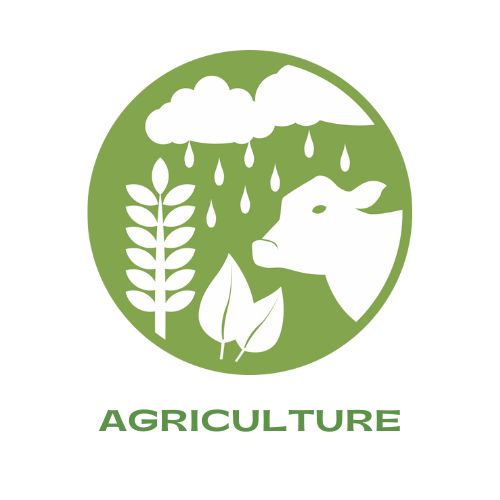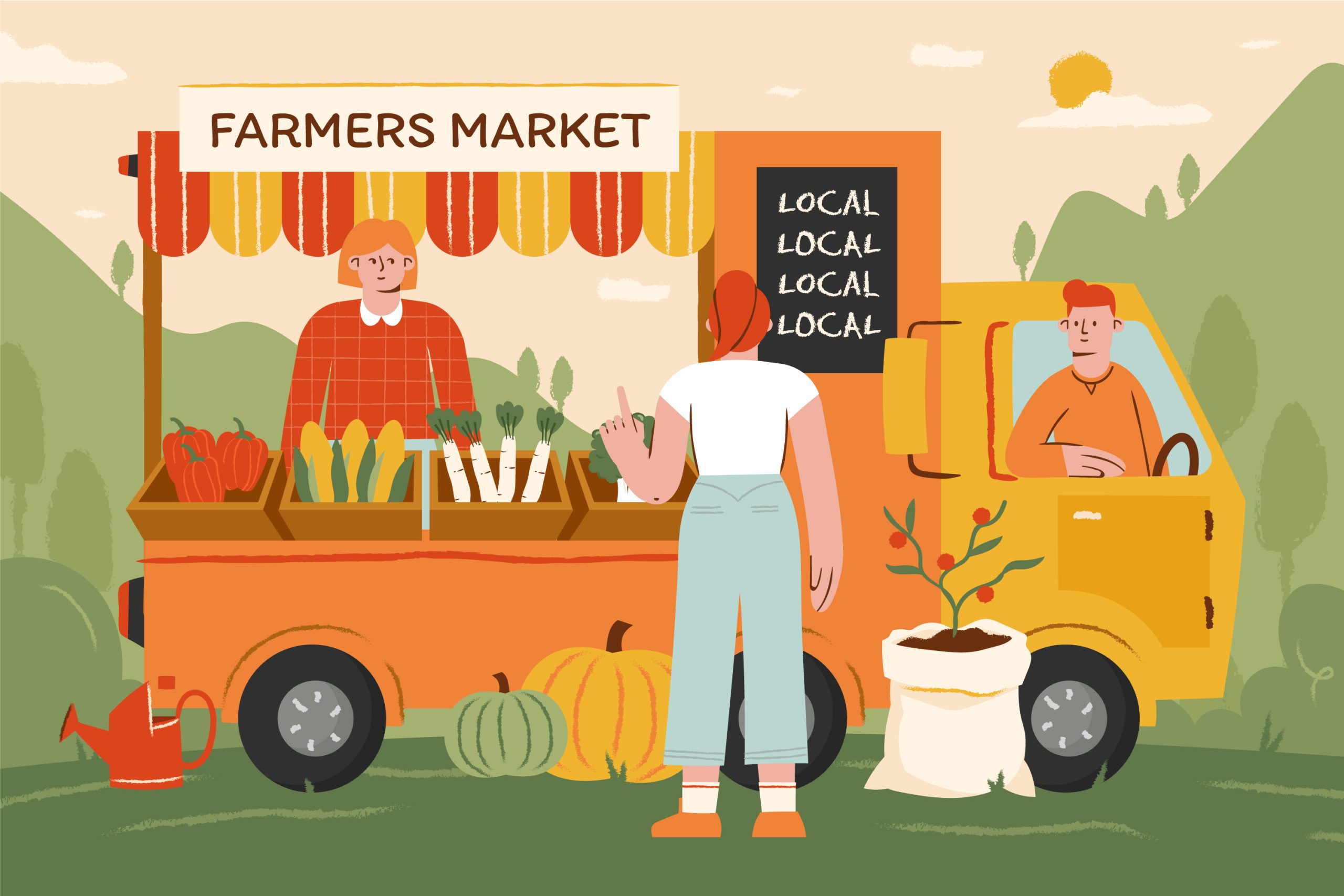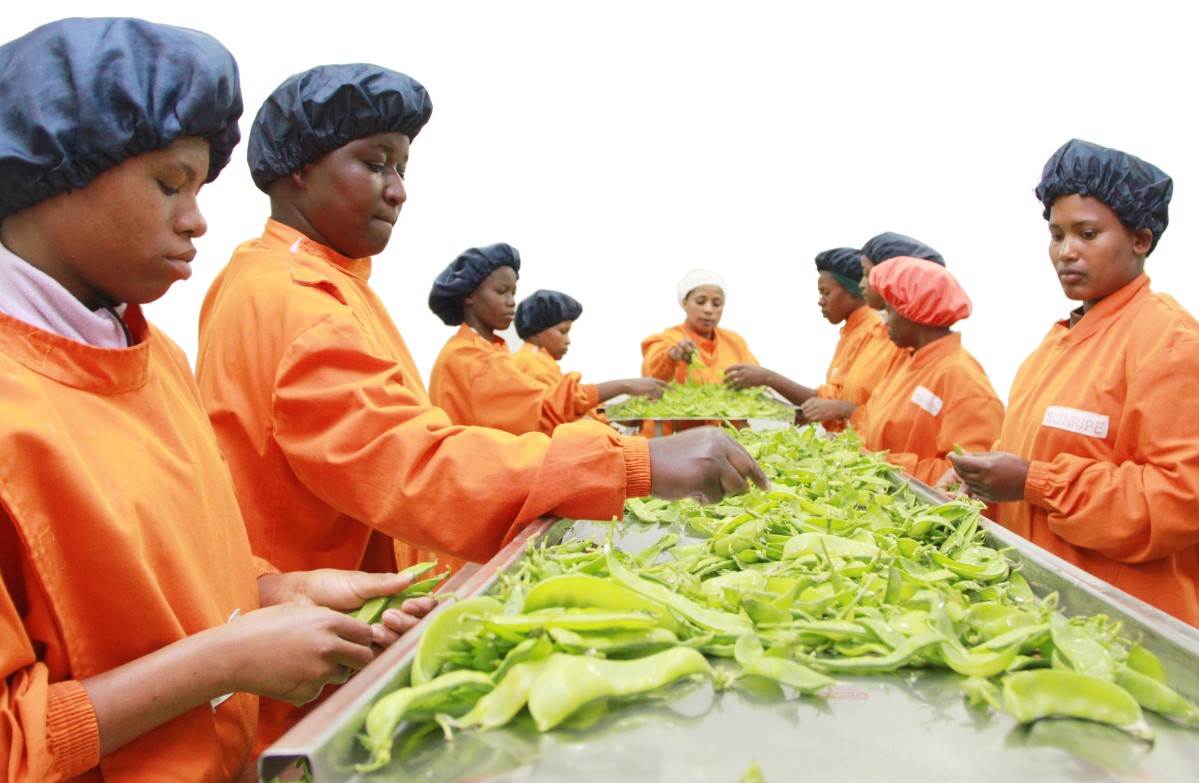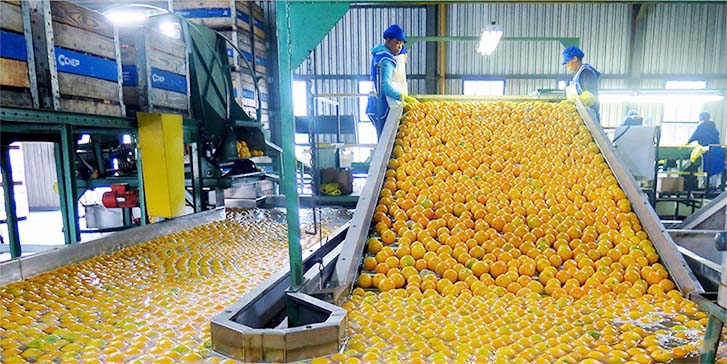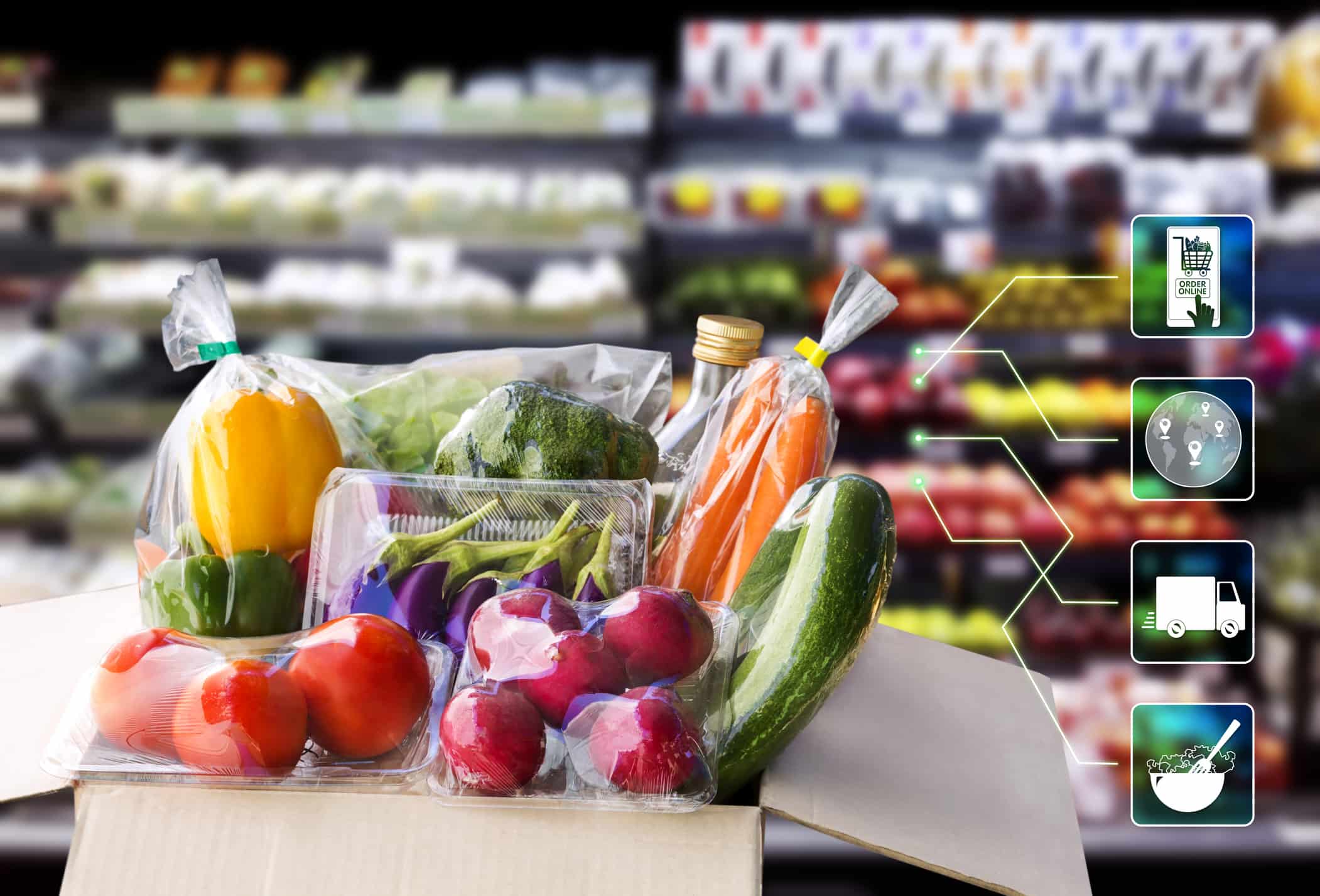Why Embrace Emerging Local Food Models?
In the ever-evolving landscape of food production and consumption, the concept of farm-to-fork has gained momentum, ushering in a new era of transparency, sustainability, and community connection. As consumers increasingly seek locally sourced, ethically produced foods, a variety of emerging local food models are reshaping the way we grow, distribute, and enjoy our food.
In this article, we embark on a journey to explore these innovative food models and provide practical insights for those navigating the future of farm-to-fork.
What Challenges Do Traditional Food Systems Face?
Traditional food systems often face challenges related to centralized distribution, long supply chains, and limited transparency regarding the origin and quality of food products. Consumers are becoming more discerning, demanding greater transparency and accountability from food producers and retailers. Additionally, the global food system is under pressure from environmental degradation, climate change, and resource scarcity, highlighting the need for more sustainable and resilient food production and distribution models.
How Can Local Food Models Transform Food Distribution?
Amidst these challenges lies an opportunity for innovation and transformation. Emerging local food models are disrupting traditional supply chains, fostering closer connections between farmers and consumers, and promoting sustainable practices that benefit both people and the planet. By embracing these models, we can reimagine the future of food and create a more resilient, equitable, and delicious food system for all.
Notable Food Models:
- Community-Supported Agriculture (CSA): How Does CSA Strengthen Farmer-Consumer Connections?
- Community-supported agriculture (CSA) programs offer consumers the opportunity to purchase seasonal produce directly from local farms.
- By joining a CSA, consumers receive regular deliveries of fresh, locally grown produce while supporting small-scale farmers in their community.
- To participate in a CSA, consumers can research local farms, sign up for a membership or subscription, and enjoy the benefits of seasonal eating and farm-fresh flavors.
- Case Study Example: Full Belly Farm operates a successful CSA program where members receive weekly boxes of freshly harvested produce directly from the farm.
- By subscribing to the CSA, members enjoy a diverse selection of seasonal fruits, vegetables, and herbs, all grown using organic and sustainable practices.
- The CSA model strengthens the connection between farmers and consumers, promotes local agriculture, and fosters a sense of community around food.
- Farmers’ Markets: What Makes Farmers’ Markets a Hub for Local Produce?
- Farmers’ markets provide a vibrant marketplace where consumers can purchase fresh produce, artisanal goods, and prepared foods directly from local farmers and producers.
- To make the most of farmers’ markets, consumers can explore different markets in their area, engage with farmers and artisans, ask questions about growing practices and ingredients, and enjoy the sense of community and connection that comes with shopping locally.
- Case Study Example: Pike Place Market is a renowned farmers’ market in Seattle that features a wide array of local produce, seafood, artisanal goods, and prepared foods.
- The market provides a platform for small-scale farmers, producers, and artisans to showcase their products directly to consumers.
- Visitors to Pike Place Market can interact with vendors, sample fresh foods, and learn about the stories behind the products, fostering a vibrant atmosphere of community and commerce.
- Farm-to-Table Restaurants: How Do Farm-to-Table Restaurants Support Local Agriculture?
- Farm-to-table restaurants source ingredients directly from local farms and producers, showcasing the season’s bounty in creative and delicious dishes.
- To support farm-to-table dining, consumers can seek out restaurants that prioritize locally sourced ingredients, ask about the origins of menu items, and celebrate the farmers and producers who contribute to the culinary experience.
- Case Study Example: Blue Hill at Stone Barns is a farm-to-table restaurant located on a working farm in upstate New York.
- The restaurant sources ingredients directly from the farm and local producers, creating seasonal menus that highlight the flavors and bounty of the Hudson Valley region.
- Through its innovative culinary approach and commitment to sustainability, Blue Hill at Stone Barns demonstrates the potential of farm-to-table dining to support local agriculture and celebrate the richness of the land.
- Food Hubs and Co-Ops: How Can Food Hubs and Co-Ops Empower Consumers?
- Food hubs and co-ops serve as centralized distribution points where farmers can aggregate and market their products to consumers, institutions, and businesses.
- By participating in food hubs and co-ops, consumers gain access to a diverse selection of local foods while supporting a more equitable and sustainable food system.
- To get involved, consumers can explore membership options, volunteer opportunities, and educational events hosted by food hubs and co-ops in their community.
- Case Study Example: Local Roots NYC is a food hub and cooperative that connects urban consumers with small-scale farmers and producers in the New York City area.
- Through its online marketplace and community-supported agriculture (CSA) programs, Local Roots NYC offers a wide range of locally sourced produce, dairy, meat, and pantry items for delivery or pickup.
- By prioritizing transparency, sustainability, and equitable access to fresh food, Local Roots NYC empowers consumers to make informed choices and support local food systems.
What Can We Do to Support Local Food Models?
As we navigate the future of farm-to-fork, it is clear that emerging local food models hold tremendous promise for creating a more resilient, transparent, and inclusive food system.
By embracing community-supported agriculture, farmers’ markets, farm-to-table restaurants, and food hubs, we can cultivate stronger connections with the land, our food, and each other.
Together, let us embark on this journey to reimagine the way we grow, share, and savor the fruits of the earth, ensuring a healthier, more sustainable future for generations to come.

